A friend calls it, with some distaste, the “ring of fire”. He is referring to the counties that encircle London and that have a tense relationship with the place. They are everything the capital isn’t: conservative if not Conservative, full of families, car-oriented, perhaps not swarming with cultural treasures. While far from homogenous — many an Asian household ends up moving out there — the ambient street chatter is not the omnilingual serenade it is within the M25.
The quarrel between the two worlds goes like this. People in the counties can’t believe that urbanites pay a premium to live in a Babel of cramped apartments and phone theft. We in turn view them as rubes who might at any moment order a Sauvignon Blanc that isn’t Dagueneau. Most big cities have an equivalent hinterland: the San Fernando Valley, the bridge-and-tunnel crowd, and so on. If relations are this strained with the commuter fringe, imagine the antagonism between cities and the deep interior of the nation. Except we don’t need to imagine. Brexit and the election of Donald Trump made clear what the heartlands think about us.
Yet we can’t do without them. I don’t mean something woo-woo here: something about the value of human difference and learning from one another. I literally mean that great cities wouldn’t work as an economic proposition without lots of mildly conservative voters in the rest of the country. What does a global city need? Competitive (though not necessarily super-low) taxes. Non-burdensome regulation. A business-friendly atmosphere. Which way do they vote? Left.
In 2019, it was the Home Counties and the post-industrial regions that averted a Jeremy Corbyn premiership, with all that would have entailed for the City. London, including much of affluent London, voted for him. A decade ago, Paris was entering a rut of ossified cuisine and entrepreneurial torpor. Its current dynamism, its finance and tech boom, owes at least something to the reversal of François Hollande-era costs on business. Who had Paris voted for in 2012? Hollande.
In essence, the provinces bail the metropolis out of its self-defeating politics. They also hold it back in some ways: by supporting Brexit, by opposing immigration. But the trade-off is worthwhile. Cities can withstand these nuisances in a way they couldn’t withstand eternal one-party dominion, as some Californians might attest. The governing climate in which urban life flourishes is a blend of progressive ideas (liberal immigration rules, infrastructure spending) and conservative ones (market incentives, toughness on crime). To the extent that big cities have this balance, it is increasingly because the wider nation provides the second half.
Put it another way: why do so few city states exist? As a mode of government, it has centuries more pedigree than the nation state. A greater share of humanity is urban-dwelling now than in the time of Medici Florence or Hanseatic Hamburg. With cities subsidising the heartlands, there is a casus belli ready to go. Beyond Monaco and Singapore, though, the list of sovereign cities in the modern world thins out. And the clamour for more to secede from their countries is near zero.
Granted, national feeling goes deeper than liberals as arid me will credit. And defence relies on scale. (Monaco has to look to France for much of that.) But I wonder if another snag is that the politics of an independent London or New York would never work. The demos needs balancing out with a flintier conservatism, at least if the current business model of these places is to survive. This is truer now than when cities had lots of right-of-centre voters, before the partisan “sorting” of people into like-minded communities.
So yes, on a night out, when the city starts to glow, one’s thoughts turn naturally to secession. There could be visa checks at the M25. There could be universal conscription to defend our 9mn-strong republic. And imagine the fiscal surplus. But then I’ll meet another rent-control enthusiast with a Yanis Varoufakis book on their shelf, and wonder. Since the Elizabeth Line was built, there has been a new edge to the snobbery about the ring of fire. The rap is that it brings in too many overdressed outsiders for a night at Hakkasan or wherever. But they don’t just have a right to be here. They have been, when London’s own judgment lapsed, the city’s ultimate guardians.
Email Janan at janan.ganesh@ft.com
Find out about our latest stories first — follow FTWeekend on Instagram and X, and subscribe to our podcast Life and Art wherever you listen

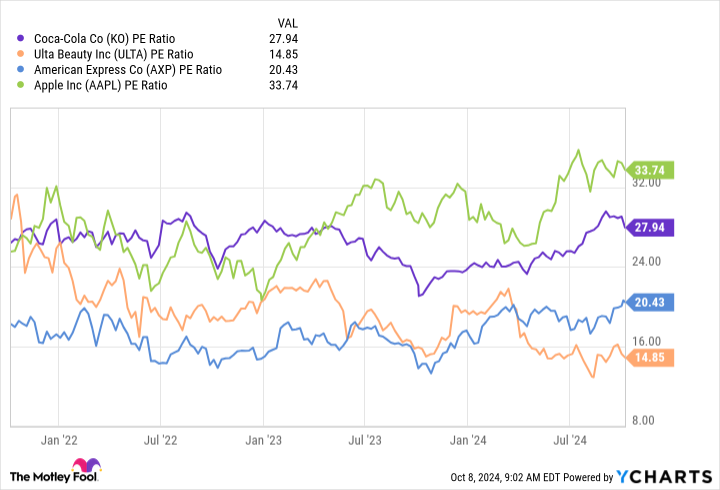
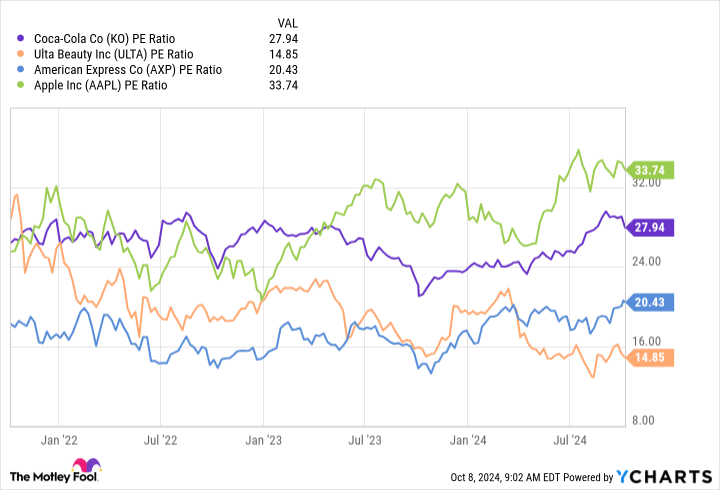


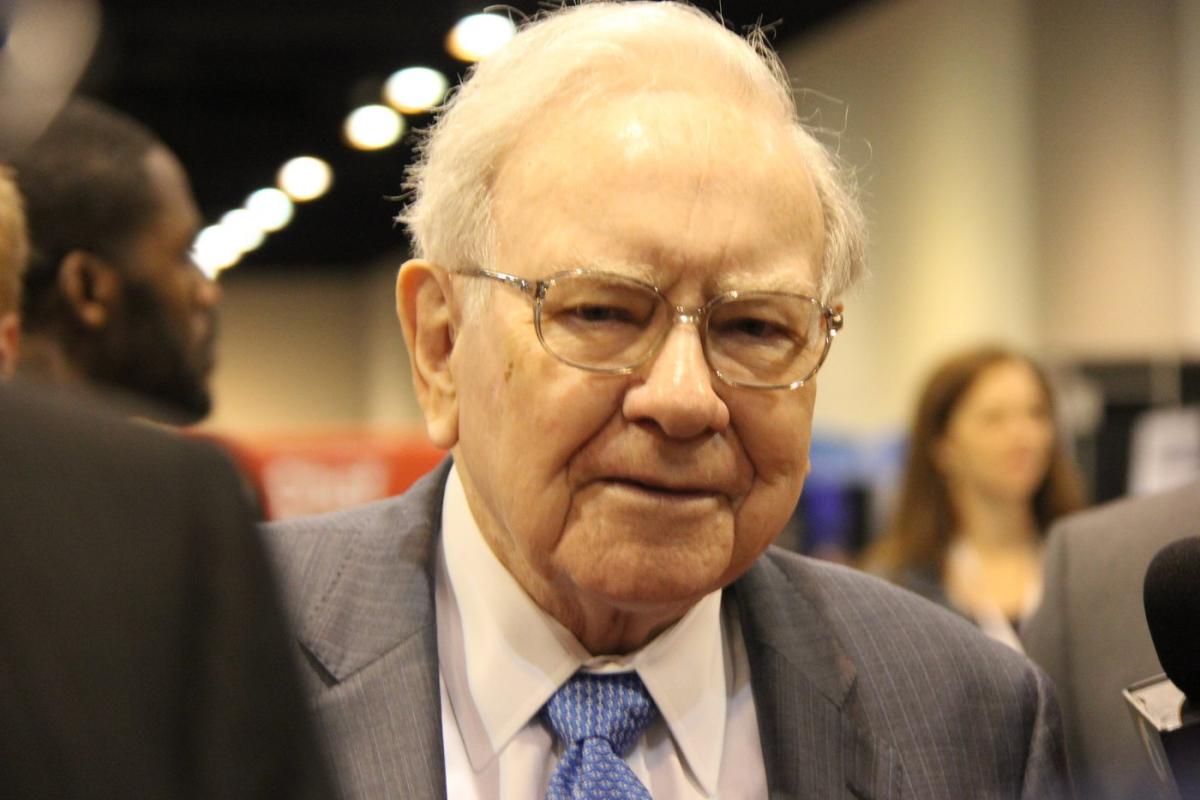



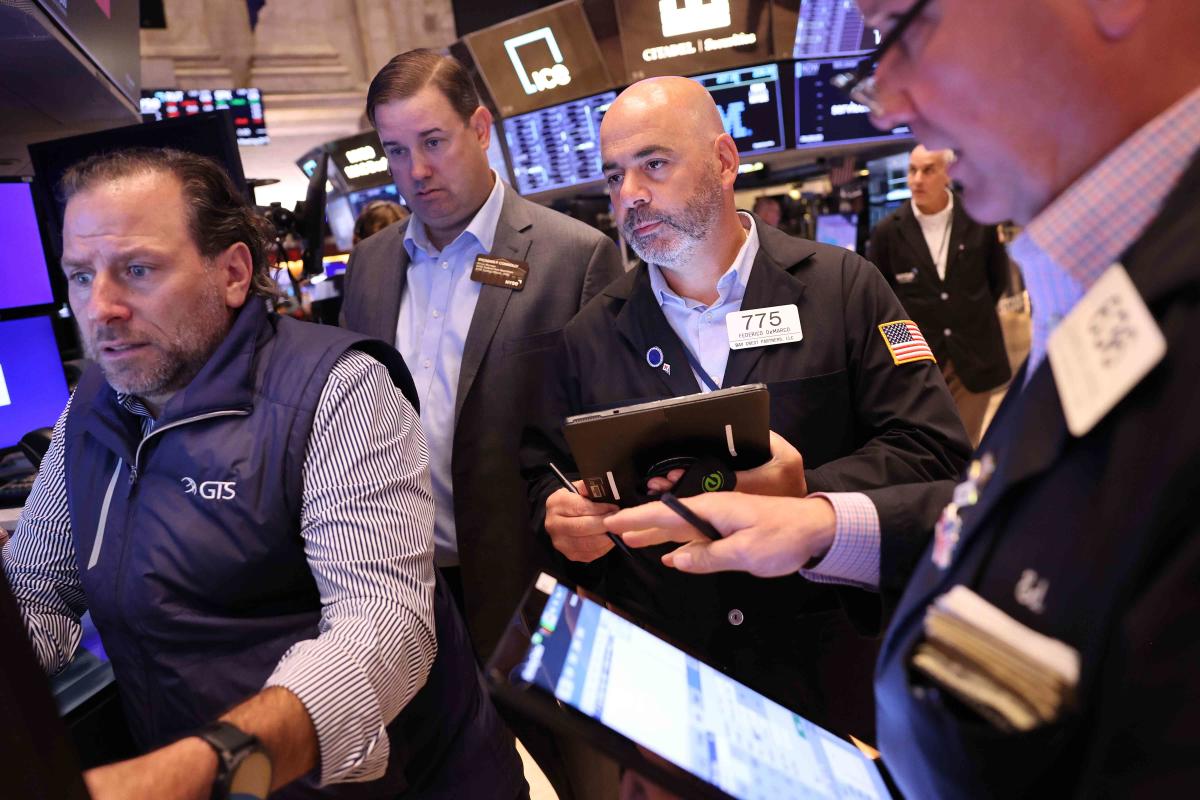
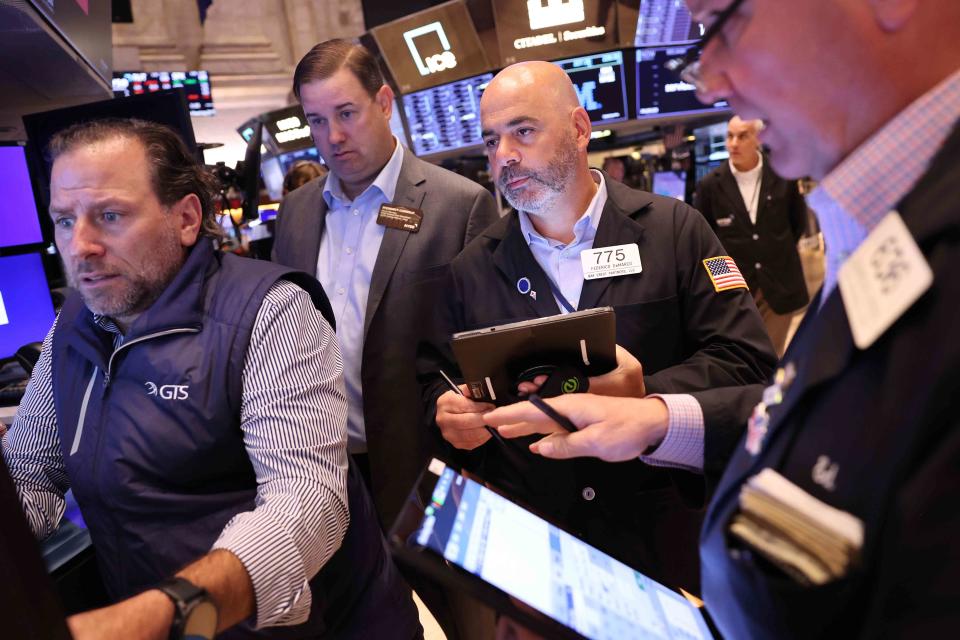


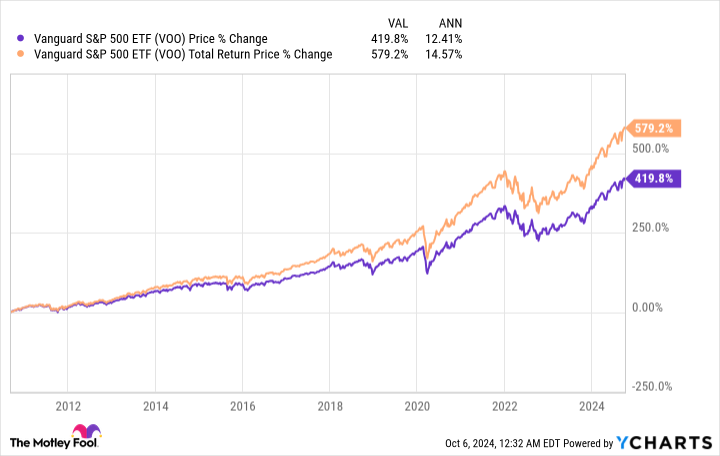






























































































































You must be logged in to post a comment Login